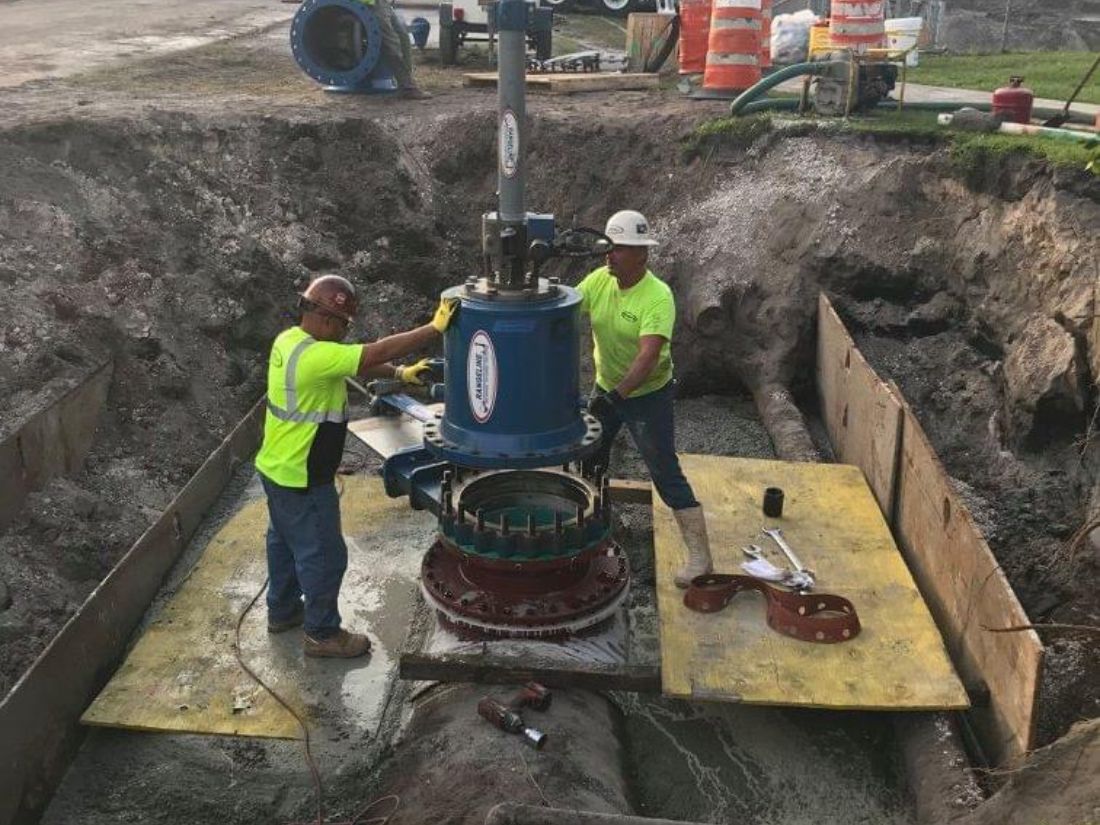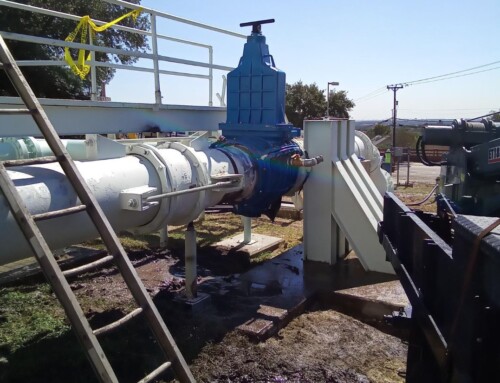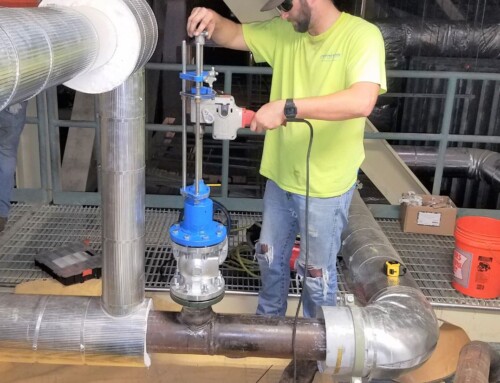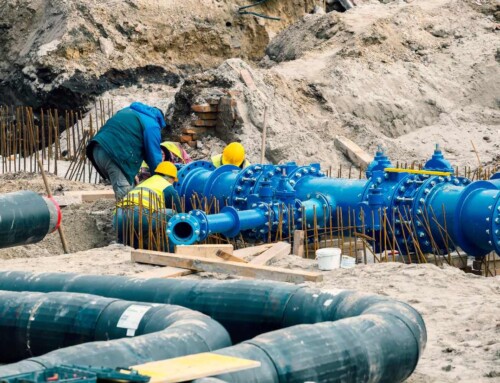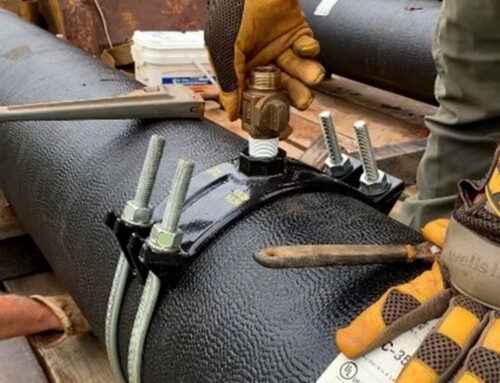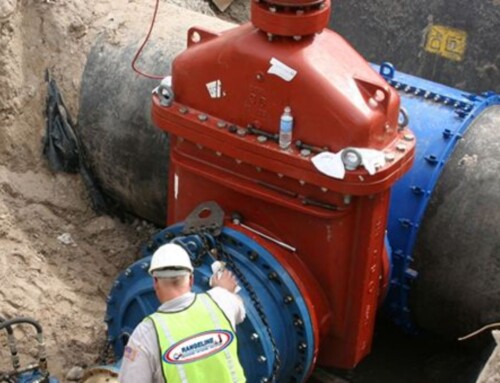The industrial sector is under constant pressure to find innovative solutions that not only maintain operational efficiency but do so with minimal environmental impact when it comes to addressing pipeline infrastructure needs. One such solution, hot tapping, has emerged in recent years as an environmentally friendly practice with numerous benefits. Let’s take a deeper look at the environmental benefits of hot-tapping for those who manage pipelines.
The Negative Impact of Traditional Methods
Let’s go over why traditional methods aren’t as good before we dive into the benefits. Conventional pipeline maintenance requires a complete shutdown of the system, which often leads to a significant loss in production capacity, wastage of resources through decommissioning, and, consequently, a marked increase in carbon emissions as workers activate backup systems to meet energy demands. The environmental cost of these shutdowns is substantial in terms of immediate operational setbacks and long-term ecological repercussions.
Hot Tapping as an Environmentally Friendly Solution
Hot tapping, or pressure tapping, creates a branch connection to an existing pipeline without its interruption or emptying. This innovative technique allows for alterations to live pipelines, a monumental contrast to the downtime associated with traditional methods. Here are the ways that hot tapping is beneficial for the environment:
Waste and Resource Reduction
A defining feature of hot tapping is its ability to reduce waste. Hot tapping negates the considerable volume of materials that you’d otherwise purge from the system by avoiding the need to shut down and empty the pipelines. While it’s possible to save these materials, often, they are more wasteful in traditional repair scenarios.
Minimizing Carbon Emissions
The fact that you can hot tap a pipe without the use of auxiliary support systems is another plus. This fact allows you to work on live pipelines while dramatically reducing carbon and other harmful emissions generated through traditional pipeline shutdown and repair methods.
Preserving Natural Resources
The conservation of natural resources is an inherent benefit of hot tapping. Traditional pipeline repair methods can be water-intensive, with treatment and disposal costs further compounding environmental concerns. You can avoid all of this by using the hot-tapping method since it maintains the integrity of the existing pipeline.
Additional Benefits of Hot Tapping
The best part of pipeline hot tapping is that it offers other benefits outside of being environmentally friendly. For example, it can provide significant cost savings to businesses. Operational continuity during maintenance means no loss in production, and the rapid execution of hot-tapping operations results in reduced labor costs and overall project duration.
Moreover, since there’s virtually no downtime to repair critical infrastructure, people who rely on that pipeline system won’t experience any interruptions to their services. This reduced interruption facilitates a smoother response to environmental emergencies and ensures that public utilities remain accessible by extension.

